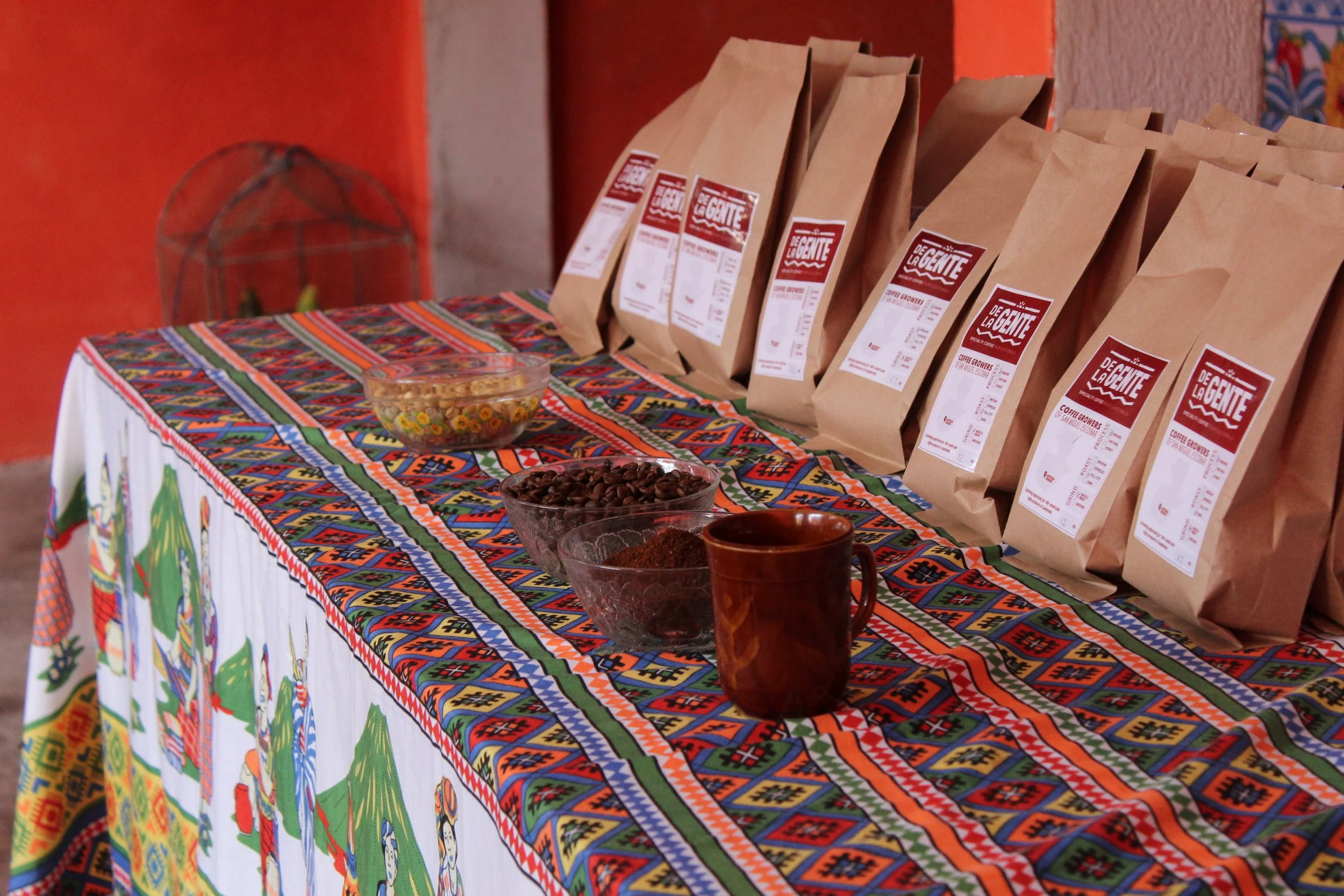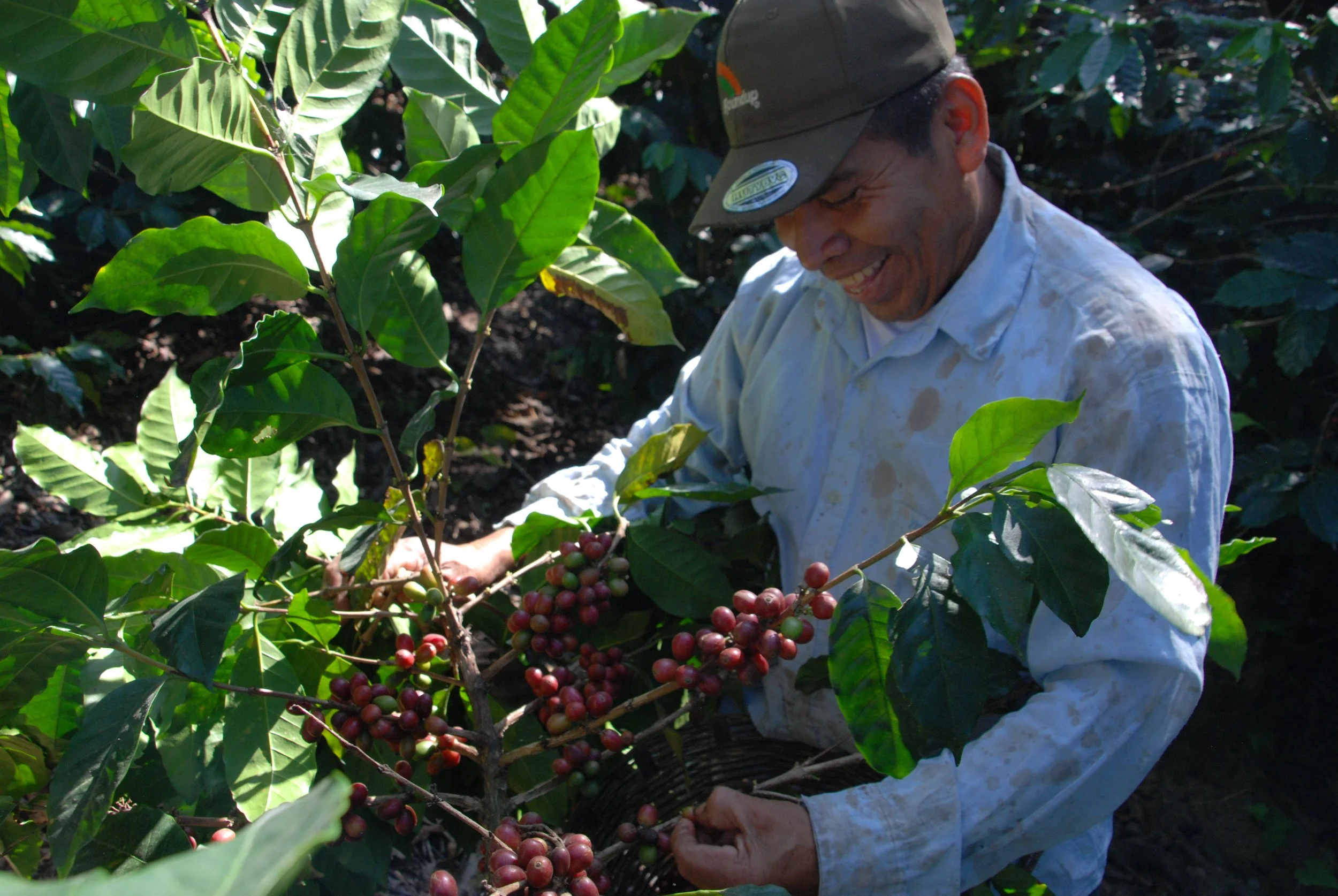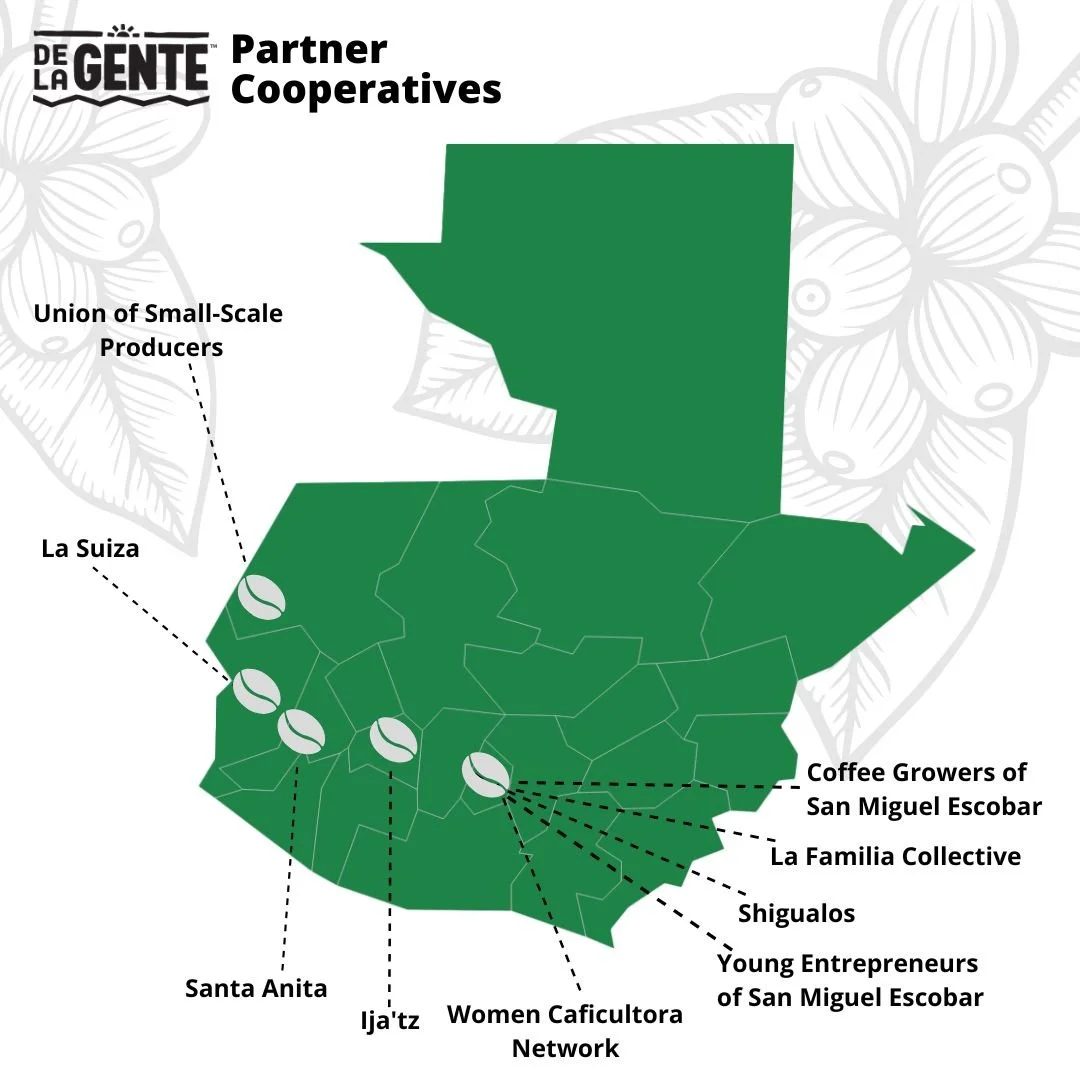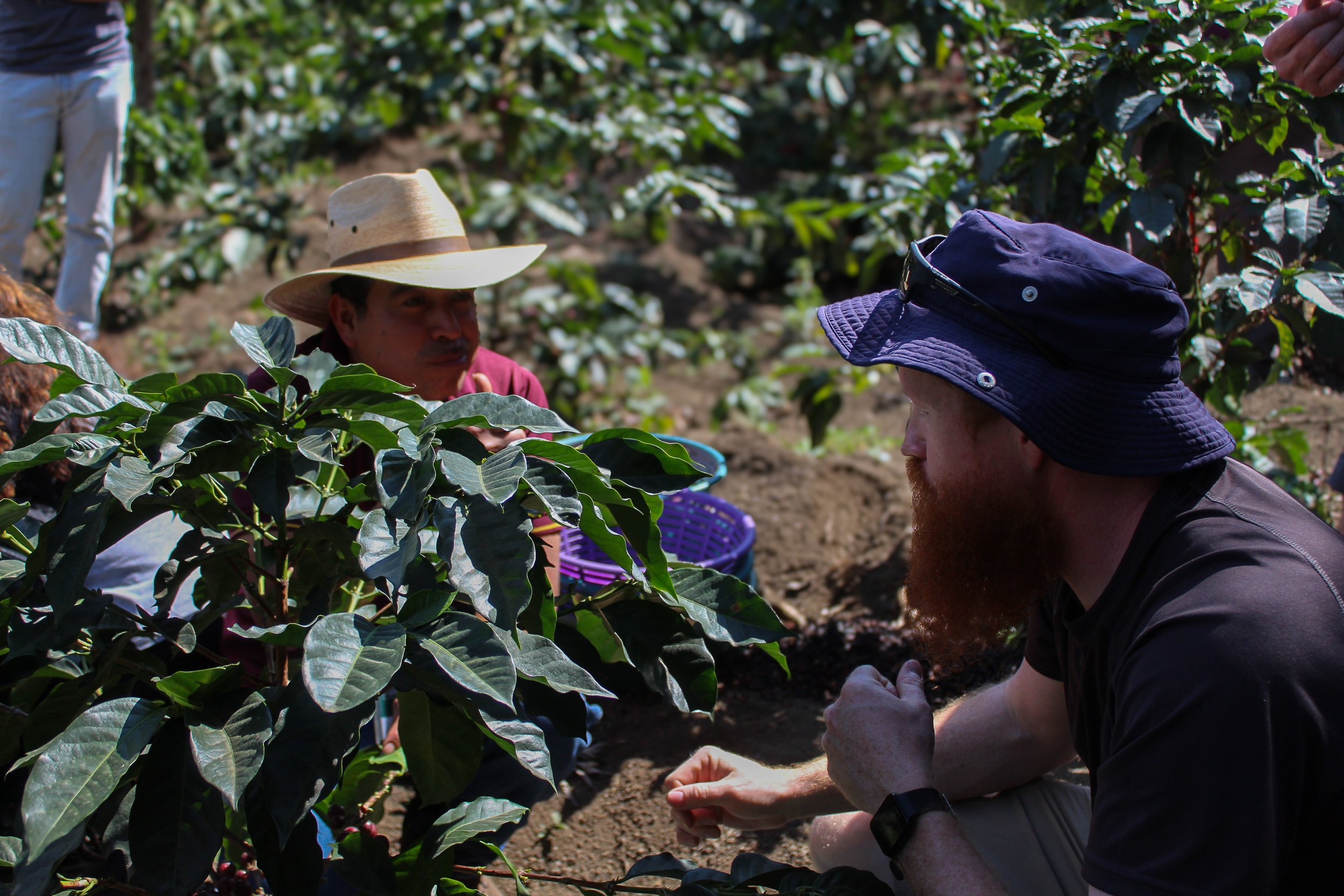Types of Coffee Beans | The Meaning Behind Single Origin Coffee and Its Importance
by Aliisa Oake
You're searching for a new coffee and you’re debating which one to buy. When you finally select a bag, the label descriptions may seem overwhelming , confusing, and difficult to interpret. On the coffee bag, many descriptions and details are featured such as the variety of coffee, where it’s grown, the roast date, roast level, and tasting notes are all featured. Something that you keep seeing on some bags is “single origin”. But what does that mean? Why does it matter?
To simplify your coffee selection process, start by focusing on the origin. A coffee’s origin is generally classified based on the country, region, or sometimes even the specific farm where the coffee is grown. These are key factors in what’s involved in single origin coffee.
What Does Single Origin Coffee Mean?
Single origin coffee refers to coffee beans that are sourced from one specific geographic location. This could be a single country, a particular region within that country, or even a single farm. Single origin coffee differs from blends, which combines beans from multiple origins to create a consistent flavor profile.
Single origin coffee is special because of its level of traceability and distinctiveness in flavor. Each origin tells a story of its place - capturing unique characteristics of the soil, altitude, climate, coffee plant variety, and processing methods used in that particular area. All of these elements come together to create a flavor profile that’s completely unique to its origin.
Each of these factors are different to the place in which the coffee is grown and handled, even if it’s grown in the same country. Coffee from one region of a country might be bright and fruity, while another might be rich and chocolatey - all of it being shaped by microclimates and cultivation techniques. At De La Gente, this is what we believe is the beauty of single origin coffee - it offers a deeper, more authentic connection to the people and places behind your cup.
Single Origin Coffee from Guatemala
Guatemala’s mountainous highlands are not only rich in history and cultural heritage, but also home to jade mines, active volcanoes, and lush coffee plantations that thrive in its mineral-rich volcanic soil. The country is also one of the most celebrated coffee growing countries in the specialty coffee world, having diverse coffee growing landscapes and regions marked by drastic contrasts in elevation, climate, and terrain.
Guatemalan coffee is often labeled as “single origin coffee”, but it’s important to note that this can refer to any of the country’s eight recognized coffee growing regions. Each of these regions boast their own combination of microclimates, altitudes, and soil compositions, which come together to shape the flavor profile of the coffee beans grown there. Additionally, coffee from neighboring farms in a specific region can have their own distinct taste due to slight changes in growing, harvesting, and processing techniques.
Believe it or not, Guatemala was the first country to develop an official origin system for its coffee, recognizing and identifying flavors by region. The eight recognized coffee growing regions are Acatenango Valley, Antigua, Atitlán, Coban, Fraijanes, Huehuetenango, Oriente, and San Marcos. Each of these regions produces coffee with unique characteristics, ranging from bright, citrus flavors of Atitlán coffee, to rich, chocolate notes of coffee from Antigua.
De La Gente’s Single Origin Coffee
In Guatemala’s rich and varied coffee-growing regions, De La Gente proudly partners with nine cooperatives located in four of the country’s eight growing regions - Antigua, Atitlán, Huehuetenango, and San Marcos. For us, the term “single origin” goes beyond geography - it represents the specific region the coffee is cultivated in, but also the cooperative of producers who grow, harvest, and process it. Each coffee that we offer is rooted in the place it's grown and the people who work so hard to cultivate it.
By highlighting the work of our nine partner cooperatives, we aim to bring full transparency in the bean to cup journey. We are committed to providing as much detail as possible about the individuals and communities behind each bag of coffee. Their stories are an essential part in understanding the value and impact of the coffee cultivation process and the steps involved in providing you with your favorite morning beverage.
Whether you’re sipping on a cup of coffee from the high-altitude region of Huehuetenango or the volcanic slopes of San Marcos, single origin coffee from Guatemala offers a deep, refined experience that reflects the country’s rich agricultural coffee growing history and incredible environmental diversity. Listed below are the coffee growing regions we work in, each cooperative we work with, and some of the tasting notes of the growing region.
Antigua
Our partner cooperatives in this region:
Tasting notes found in the coffee from the Antigua region: elegant and well balanced with a rich aroma and very sweet taste.
Atitlán
Our partner cooperatives in this region:
Tasting notes found in the coffee from the Atitlán region: delightfully aromatic with a bright citrus acidity and full body.
Huehuetenango
Our partner cooperatives in this region:
Tasting notes found in the coffee from the Huehuetenango region: fine, intense acidity with a full body and pleasant wine notes.
San Marcos
Our partner cooperatives in this region:
Tasting notes found in the coffee from the San Marcos region: delicate floral notes present in aroma and taste, pronounced acidity, and good body.
It’s important to recognize that coffee from each region of Guatemala is referred to as single origin coffee. Learning about single origin coffee is important because it allows you to further appreciate the unique flavors and characteristics of coffee from specific regions and support local, small scale coffee growers and their communities. There is also a higher traceability level involved, since you’ll know exactly where coffee is grown and the people who cultivate it.
The stories of coffee producers are more important than ever. Knowing about the people and the process behind your cup is an essential part of understanding the value and impact of coffee cultivation to local communities and the hard work involved in providing you with your favorite morning beverage. Being aware of and purchasing single origin coffee is fundamental to supporting coffee producers more directly and having a higher level quality of coffee that you can’t typically get from mass-produced or coffee blends.
Consumers are increasingly becoming more involved in learning about the origins of the coffee they consume and are also asking for more details about where it’s from. The way coffee is marketed is changing, which is why origin trips are an essential tool for coffee professionals. By visiting coffee origin countries and becoming familiar with the details of the places where the coffee they sell comes from, they can enrich their knowledge and share behind-the-scenes information with their consumers. Coffee will no longer be seen as just a beverage, but as a lifestyle for everyone involved in the supply chain.
In an effort to bridge the gap between coffee producers and professionals while building a meaningful connection for members of the supply chain, De La Gente launched its Origin Trips. These trips are immersive experiences designed to connect people to the heart of coffee production. Typically organized during the time period of harvest season in Guatemala, these trips provide hands-on opportunities for participants to witness the artisanal and collective processes that define the work within cooperatives of small-scale coffee producers.
Sources:







